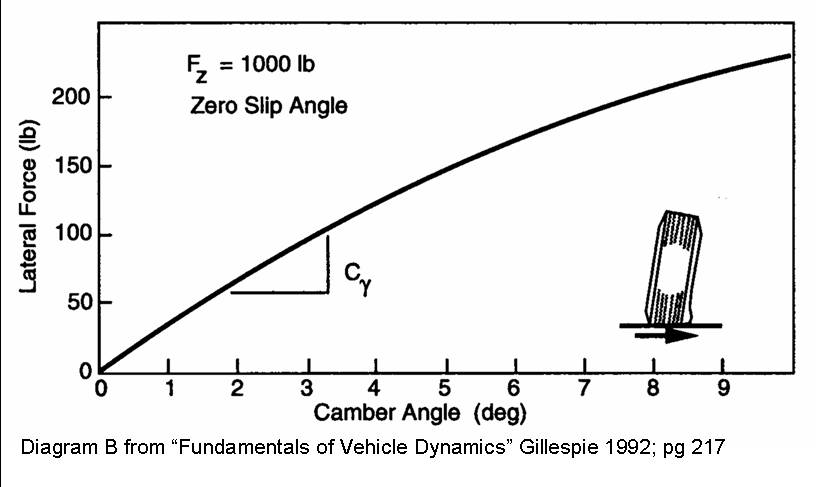as it looks like, your serie uses an spec tire, first and foremost you should try to gather as much data as possible about the tire.
Avon is normally quite open, when it comes to their tire data.
But I did not find a download on their website for your tire.
http://avonracing.com/Downloads.aspx
So maybe it´s worth to call or e-mail them.
This will give you some informations in regards to the camber and toe settings you should run.
It will give you also some ideas about how much load your tires are able to carry and how their grip will change with different vertical loads.
These informations are important to define the load transfer you would like to have in your car.
Keep in mind that hillclimb is a bit specific, compare to road racing, as you race normally only up-hill, this fact you should keep in mind, when you assess your load tranfer.
Do you only race at one track/hill or do you have different tracks/hills?
Try to find informations about the tracks/hills.
What is the inclination, what are the corner radiuses, what are the corner speeds?
Group them, and see if you have a predominat combination.
For example maybe 45% of all corners are 50-65 km/h midcorner speed at an 25% inclination etc.
If you find some things like this, it is maybe worthwhile to consider a optimization for this type of corner.
But before you start to draw a line on paper or in your CAD progam, and design your suspension, you need to know your tires first.
Every thing else could be fruitless, unless you get very lucky.
As mep mentioned, have a look at some of the winning cars in your class.
It will give you a feel, for the ballpark in which you should end up with your design.
But remember, it is only worth to copy something, that you fully understand.
You will need to know/understand why these guys designed their suspension in the way they did.
some examples for useful tire data ( if the data is correct






Good luck
maybe some additional reading on the matter of how to use tire data for your design
http://www.smithees-racetech.com.au/ackerman.html










